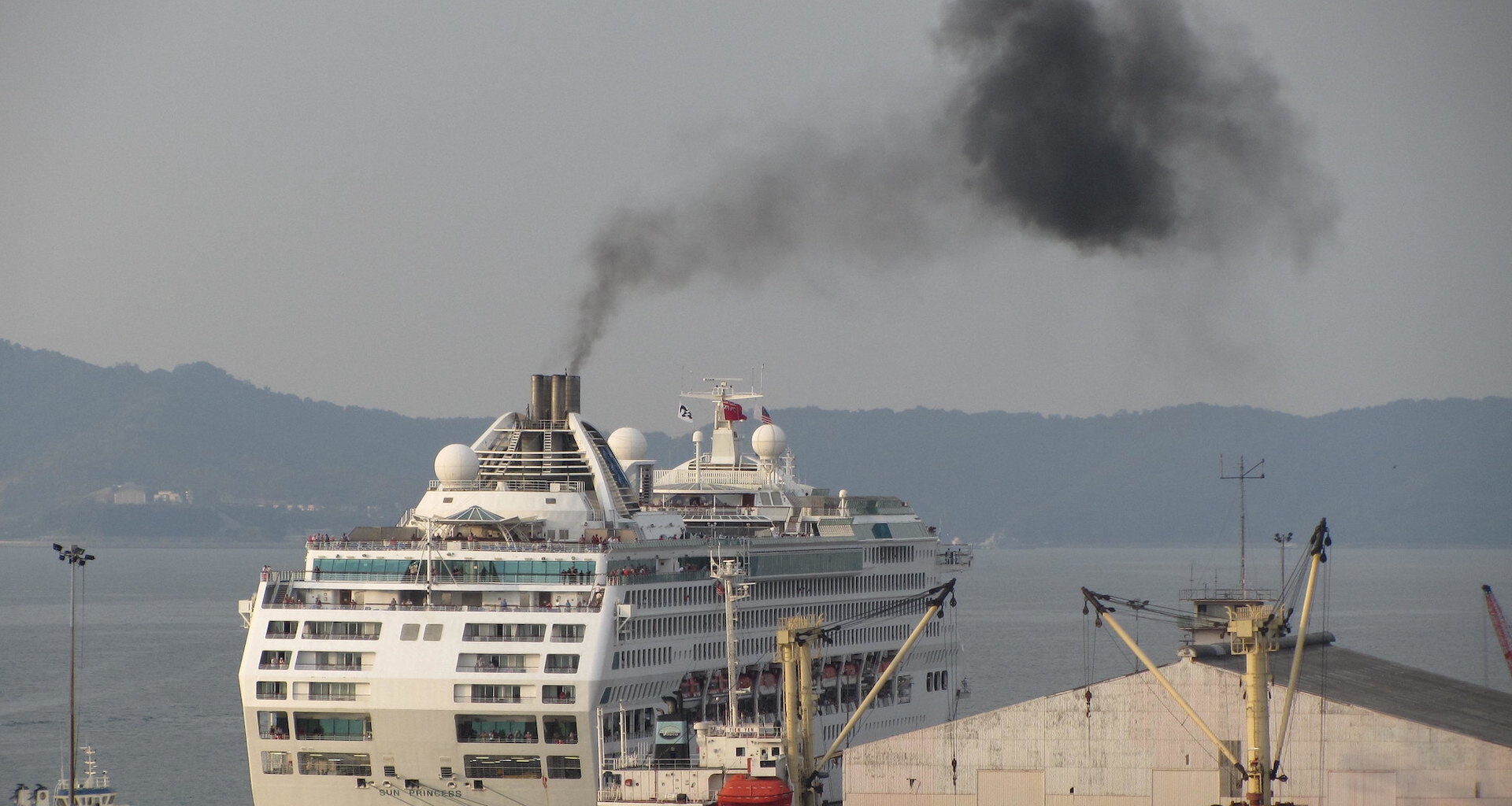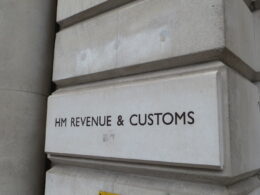Due to the implementation of a worldwide fuel regulation capping sulphur on marine fuel, the amount of artificial “ship track” clouds stood at an all-time low in 2020 as shown in a study by NASA.
Ship tracks, the contaminated marine clouds that trail ocean-crossing ships, are a hallmark of modern commerce. They track maritime lines around the world, from the North Pacific to the Mediterranean Sea. However, satellite observations in 2020 revealed fewer pollution traces.
Using nearly two decades of satellite footage, researchers discovered that the number of ship tracks decreased dramatically after the implementation of a new fuel regulation. The International Maritime Organization (IMO) set a global regulation in 2020 requiring an 86% reduction in fuel sulphur content, which likely reduced ship track formation. Trade interruptions caused by COVID-19 also played a minor effect in the reduction.
Scientists created the first worldwide climatology of ship tracks using modern computing techniques. They employed artificial intelligence to identify ship tracks in 17 years of daytime photos recorded by NASA’s Moderate Resolution Imaging Spectroradiometer (MODIS) aboard the Aqua satellite.
“We cannot begin to fully grasp this problem without this kind of complete and large-scale survey of ship tracks,” said lead author Tianle Yuan, an atmospheric scientist at NASA’s Goddard Space Flight Center in Greenbelt, Maryland, and the University of Maryland, Baltimore County.
Early weather satellite pictures from the 1960s revealed ship tracks as “anomalous cloud lines.” They are created when water vapour condenses around microscopic pollutant particles (aerosols) in ship exhaust. Because highly concentrated droplets scatter more light, they seem brighter than non-polluted marine clouds seeded by bigger particles like sea salt.
The IMO’s global regulation in 2020 modified the chemical and physical makeup of ship exhaust by capping gasoline sulphur levels at 0.5% (down from 3.5%). Due to low sulphur emissions, there are fewer aerosol particles emitted to form identifiable ship tracks.
The researchers discovered that ship-track density declined in every major maritime corridor while studying 2020 data. According to ship-tracking data, the COVID-19 pandemic played a role in reducing global maritime traffic by 1.4% for a few months. However, this shift alone cannot explain the significant fall in recorded ship tracks, which stayed at record-low levels for several months in 2021. According to the analysts, the new worldwide fuel regulation contributed the most important effect in lowering ship tracks in 2020.
Furthermore, Yuan and coworkers discovered, after examining data for a very long time, that economic activity changes may be traced back to specific points in history via satellite imagery. For example, fluctuations in commerce are reflected in the patterns of ship routes taken by vessels crossing the Pacific Ocean between Asia and the Americas. The study found that after the 2008 financial crisis, the increased trend in shipping activity between 2003 and 2013 (as shown by ship-track clouds) slowed for nearly a year. A slowdown in Chinese raw material and commodity imports and exports undoubtedly contributed to an even steeper decline between 2014 and 2016.













